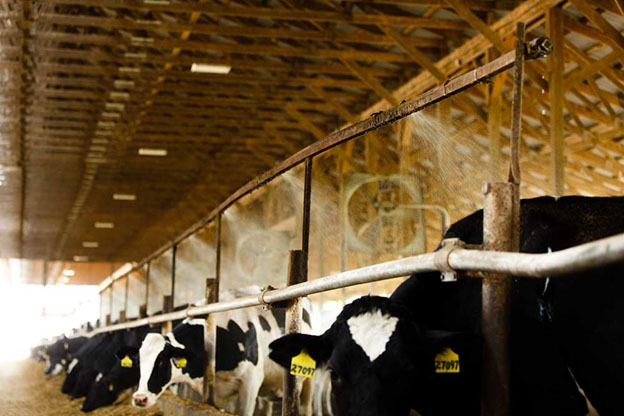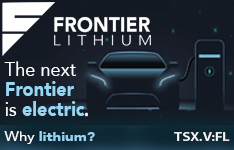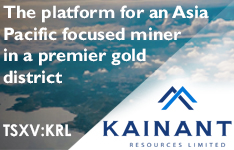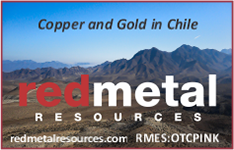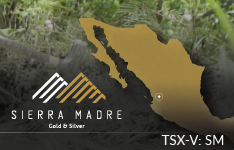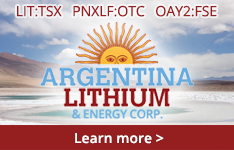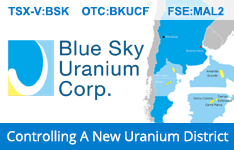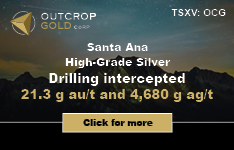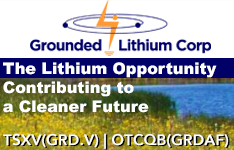First Phosphate is a Canadian-based mineral development company that specializes in the development of phosphate, especially for the production of Lithium Iron Phosphate (LFP) batteries. First, Phosphates’ business strategy is “to vertically integrate from mine source directly into the supply chains of major North American LFP battery producers that require battery grade LFP cathode active material emanating from a consistent and secure supply source.”
John Passalacqua is the CEO and a director of First Phosphate, and has experience in building companies for emerging industries. Peter Kent is the president and a director, and a former Minister of State for the Americas and Environment Minister. Bennet Kurtz is the CFO and a director, and Gilles Lavèrdiere is the chief geologist.
Drill Results
First Phosphate reports a few interesting finds from their recent drilling in the Bègin-Lamarche site, located in the Saguenay-Lac-St-Jean area of Quebec. The primary minerals found in the drilling project are Phosphorus Pentoxide (P2O5) and Titanium Dioxide (TiO2).
The drill holes intersected two layers of mineralization: layer one reportedly started in bedrock and may be thicker, and layer two had a thickness of 83m over 500m in length. Additionally, First Phosphate reported a strong apatite presence in drill holes along the layer 2 strike.
First Phosphate established two holes at the site: BL-23-01 and BL-23-02.
BL-23-01 found 10.6% P2O5 and 5.2% TiO2 between 5.9m to 29.6m, and 7.8% P2O5 to 4.2% TiO2 between 131.9m to 215.4m.
BL-23-02 found 9.9% P2O5 and 6.5% TiO2 between 16.6m and 29.6m, and 8.4% P2O5 and 3.4% TiO2 between 143.8m and 201.0m.
First Phosphate has indicated that they will pursue further opportunities based on these drill findings. Hole BL-23-02 ended while still in a mineralized zone, and the company reports that when drilling logistics allow them to, they will continue drilling in this hole.
According to Peter Kent, the president of First Phosphate, “these initial drill results confirm our earlier high grade surface findings and are some of the highest grade drill results ever established in the Saguenay-Lac-St-Jean region of Quebec.”
Why Phosphate?
Phosphate is a crucial ingredient in LFP batteries, which have seen a huge surge in demand since advent of electric vehicles (EVs). Goldman Sachs Research estimated that EV sales will rise to 73 million by 2040. According to Kota Yuzawa with Goldman Sachs, “we expect the automobile industry to undergo a major transformation between 2020 and 2030, driven by the increasing adoption of vehicle electrification and autonomous driving.” According to Richard Mills, an analyst with Ahead of the Herd, “global carmakers and established battery manufacturers have announced plans to invest at least $50 billion into a minimum of 10 states to build EV assembly and battery plants since the start of 2021, and states have made commitments totaling at least $10.8 billion to lure those investments.”
Goldman Sachs has indicated that while the market for EV batteries has been monopolized by the top five manufacturers, the US is seeking to introduce more diversity to the field in an effort to fight inflation. Innovations in the market are also expected to be substantial as manufacturers seek out new ways to reduce the weight and power consumption of EVs, and acquire new materials more efficiently.
According to Jessica Cummins of Stockhead, Australian Prime Minister Anthony Albanese has made statements indicating that he intends to ramp up the country’s battery production. The production of LFPs is also a critical part of the United State’s plant to reduce greenhouse gas emissions by half by the year 2030.
According to First Phosphate, there are only a few sources of clean igneous rock based phosphate, and the few sources of sedimentary based phosphate on the North American continent are quickly running out, with less than twenty years of mining left.
Catalysts
The Queen’s University Pufahl Research Group completed their research report, “Characterization of First Phosphate’s Lac à l'Orignal Phosphate Deposit, Lac-Saint-Jean Anorthosite (LSJA) Complex, Quebec, Canada: Implications for Supplying Lithium Ferro (Iron) Phosphate (LFP) Batteries.” The report concluded that the deposit in question “has a high probability of being ESG-compliant.”
There were several points that the report highlighted:
- The first was the presence of fluorapatite, ilmenite, and magnetite, which have uses in the development of titanium oxide and iron.
- The P2O5 concentration was slightly higher than estimated by SGS Canada Inc.
- The ratio of minerals present in the deposit was optimal for the production of phosphorous for LFP batteries.
- The risk of acid mine drainage from tailings appears to be negligible.
- There may be value in future research focused on other First Phosphate claims.
According to President Peter Kent, “advanced mineralogical data is essential for making decisions regarding site feasibility and how to cost effectively extract clean phosphate under strict Environmental, Social and Governance guidelines, with the lowest possible carbon footprint.”
The company has recently acquired thirteen more mineral claims within the Bégin-Lamarche site. According to First Phosphate, these claims were acquired “for the consideration of $25,000 to be satisfied through the issuance of 27,173 common shares of the Company at a deemed price of $0.92 per share.” These new acquisitions have expanded the company’s holdings, which now cover 1,531 sq. km in Quebec.
First Phosphate expects to complete a preliminary economic assessment, which launched in January, on the original Lac site by the end of 2023. They expect to establish a formal relationship with the indigenous community by June of 2023. The company expects to begin drilling at Begin-Lamarche in February of 2023 and provide results in May. Representatives of the company will be speaking at the CRU Istanbul conference on March 1st in 2023.
“Ultimately, we want to leverage our high-purity phosphate Mineral Resources to help Quebec and Canada become a leader in the electric vehicle industry, and advance our national climate change goals,” said Peter Kent.
Ownership and Share Structure
First Phosphate has a market cap of $15 million CAD. There are 42.5 million shares, 3.7 million warrants, and 6.2 million options.
According to First Phosphate, 75% of the company is owned by the board, management, advisors, suppliers, and business associates. The company reports no significant institutions as investors, and no strategic investors, with all involved only owning a small portion of the company, usually less than 500k shares.
First Phosphate reports that they have $1.5 million dollars in the bank, and that their monthly burn rate is $30k per month. Their monthly drilling cost is $1 million to $3 million, based on capital availability. They report no potential sellers and only small warrants or overhang. They do not work with any IR firms but have media partners. However, according to First Phosphate, coverage of them is mostly in French language media. They do not work with any influencers, but to keep abreast of developments at First Phosphate, Erik Wetterling, Hedgeless Horseman, Deep Dive, and Supercharged Stock all provide analysis of the company.


